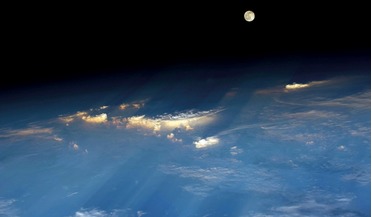 June 2017
How to build a Moon base cheaply
June 2017
How to build a Moon base cheaply
... Technology, uses collectors that are not only useful for transport but also for technological production. Explosive processes in regolith, when hydrogen, hydrocarbon, carbon, chloride and fluoride enter the collector, create a regenerative reaction...
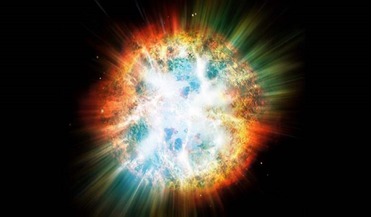 22 March 2016
Astronomers catch a supernova shock wave in visible light for the first time
22 March 2016
Astronomers catch a supernova shock wave in visible light for the first time
... star, before slowly fading from sight over several weeks or months. However the maximum intensity of a supernova explosion occurs after the shock wave and it is this period of peak brightness that is normally studied by astronomers. Therefore...
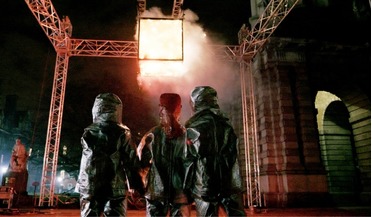 February 2019
Chaos and creation – cultural directions for the space industry
February 2019
Chaos and creation – cultural directions for the space industry
..., space, darkness and the invisibility of the winds. It was thought that the universe was created due to an explosion of energy caused by their interactions. It is surprising that one of the oldest creation theories can be compared so closely with...
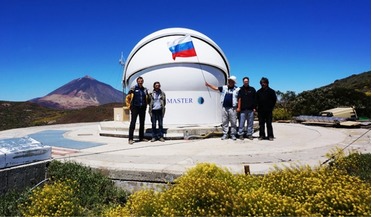 February 2017
Global robotic network for monitoring near-Earth and outer space
February 2017
Global robotic network for monitoring near-Earth and outer space
.... The MASTER network has discovered about one thousand new optical transients of all types - from astrophysical explosions to potentially dangerous asteroids and comets However, it should be emphasised that robotic telescopes are not simply automated...
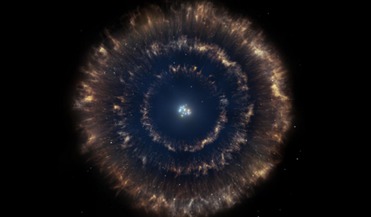 25 July 2016
Supernova "Matryoshka" Discovered in Local Group
25 July 2016
Supernova "Matryoshka" Discovered in Local Group
... have found three concentric expanding supernova shells. Superbubbles are created by strong stellar winds and supernova explosions of individual stars, and are very varied in size and structure. The reason for the particular concentric...
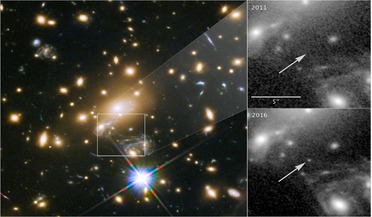 03 April 2018
Astronomers unexpectedly find the most distant star ever discovered
03 April 2018
Astronomers unexpectedly find the most distant star ever discovered
... looking for something else. The space telescope had originally been set up to observe a gravitationally lensed supernova explosion nicknamed “Refsdal” in the galaxy cluster MACS J1149-2223, when it unexpectedly picked up the LS1 point source...